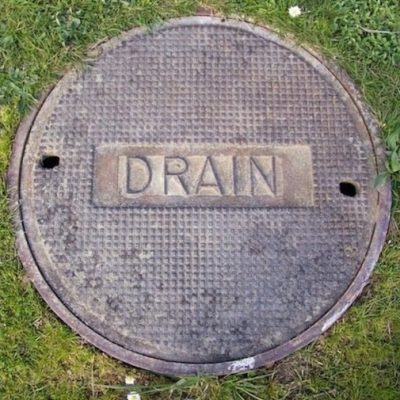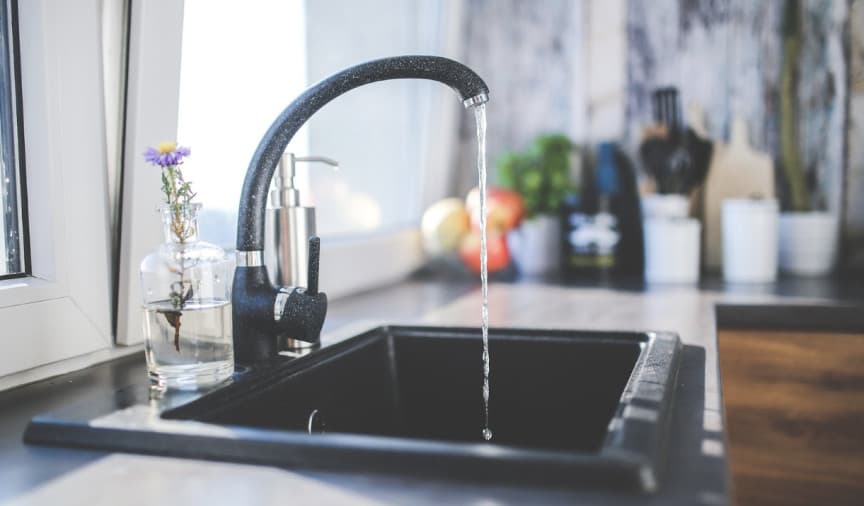Strategies for Dealing with a Blocked Drain Prior to Seeking Professional Assistance
Strategies for Dealing with a Blocked Drain Prior to Seeking Professional Assistance
Blog Article
We've stumbled on the article involving What I learned from trying to deal with a clogged drain listed below on the net and believe it made good sense to write about it with you over here.

Intro
Dealing with a blocked drainpipe can be an aggravating experience, interfering with day-to-day tasks and potentially triggering damages to your residential or commercial property. Nonetheless, before reaching out to plumbing professionals, there are actions you can require to resolve the problem yourself. In this overview, we'll discover DIY options and preventive measures to tackle an obstructed drain properly.
Identifying the Problem
The primary step in resolving an obstructed drain is recognizing the indicators. Slow-moving water drainage, gurgling sounds, foul odors rising from drains pipes, or water backing up are common indications of an obstructed drain. Identifying these indicators early can help stop even more problems.
Common Sources Of Blocked Drainpipes
Understanding the factors that add to drain pipes blockages is important for efficient resolution. Typical perpetrators consist of hair, soap scum, grease, food debris, and foreign items like hygienic items or paper towels. Tree origins invading below ground pipes can additionally create substantial blockages.
Do it yourself Solutions
For small obstructions, several do it yourself remedies can be effective. Putting boiling water down the drainpipe can help dissolve oil and debris. Sodium bicarbonate and vinegar or a mix of salt and baking soda can work as natural cleansers. Using a bettor or pipes snake to remove obstructions is an additional choice.
Tools and Devices
Having the right devices accessible can make DIY drainpipe cleaning up much more reliable. A plunger is a versatile device for getting rid of clogs in sinks, toilets, and showers. A pipes snake or auger can reach much deeper obstructions, while drainpipe cleansing chemicals can be used carefully for persistent obstructions.
Preventive Measures
To avoid future obstructions, adopting preventive measures is essential. Set up drainpipe guards or strainers to catch hair and particles before they get in the pipelines. Regularly flush drains pipes with warm water to dissolve oil accumulation, and stay clear of taking care of oil or solid waste down the drain.
When to Call an Expert
While do it yourself options can fix minor clogs, particular signs indicate the requirement for specialist support. Relentless obstructions, foul odors in spite of cleaning initiatives, or several drains backing up all at once are red flags that necessitate professional treatment.
Selecting the Right Plumbing Service
When picking a plumbing service, think about variables such as experience, licensing, and consumer testimonials. Pick a trustworthy plumbing technician with a record of high quality craftsmanship and transparent prices techniques.
Cost Considerations
The expense of specialist drain cleaning services can vary depending on the extent of the obstruction and the plumber's rates. Request quotes from numerous companies and inquire about any kind of additional charges to guarantee transparency and prevent surprises.
Security Measures
When trying DIY drainpipe cleaning, focus on security. Wear safety gloves and eyewear to stay clear of contact with dangerous chemicals or germs. Never mix various drain cleaning items, as this can generate dangerous fumes.
Case Researches
Real-life instances show the efficiency of DIY options and the relevance of prompt expert intervention in fixing drainpipe obstructions.
Conclusion
By following the suggestions outlined in this guide, you can effectively deal with obstructed drains pipes and stop future plumbing issues. Whether selecting do it yourself remedies or seeking specialist aid, punctual action is key to keeping a healthy and balanced plumbing system and preserving the honesty of your home.
WHAT I LEARNED FROM TRYING TO DEAL WITH A CLOGGED DRAIN
We have had our share of seepages and other annoying things that are part of living, especially in an apartment complex. And if there’s one thing that’s terrifying for a homeowner—or even someone in a rented home—it is a clogged drain, indoors or outdoors.
We enjoy our living space, but it’s simply a fact of life that dead skin, soap and a host of other items go down the drain; eventually, the residue builds up and prevents anything from moving. Ugh.
Not Calling A Professional
Of course, it might seem simple to just whip the pipe off under the sink and see if you can unblock it. Unfortunately, what if the blockage isn’t there, or you don’t reconnect it properly? Worse, you might break a piece and have no drainage system. Can you imagine that scene? Yuck!
Not Watching Your Waste
This will sound d’uh, but the best tip I can give you for drain cleaning is to avoid clogging the drain in the first place! You can do this by monitoring what goes down the drain and catching the items which are most likely to give you a problem. Invariably hair, vegetable peels, and large wads of toilet paper are the most obvious culprits. Add a filter—these are available in hardware stores and can be removed and cleaned easily.
Poking The Drain
The first urge with a clogged drain is to poke at it with a stick or anything that resembles a stick. Sadly, this does not result in magically solving the issue. The mental image is, naturally, one of the stick just pushing through the offending item and all is well again. Reality is quite different and unpleasant and likely to lead to further problems.
The thing is, every drain has a series of bends that are not visible to us. Drains are built this way to prevent gases from entering the house. What happens when you poke a stick into the drain? Of course, it can’t bend around the corner. The more adventurous people will use force and end up wedging the stick or causing it to break off in the pipe—creating an even bigger issue. Worst thing? The stick will shift the block further down the pipe, creating the space for more to collect. Go ahead! Roll your eyes!
Using The Wrong Plunger
You know what they say: the right tool for the right job! Did you know there are different types of plungers besides the basic one we keep at home for an emergency? Yes, there are. For example, the toilet plunger has a bell-shaped bottom while the sink plunger is flat. This is an important difference and using the wrong plunger will be useless. There’s also a knack in using plungers—they must be placed in such a way that they create an airtight seal and then, moved slowly up and down—not as fast as we imagine.
https://vidyasury.com/2018/01/learned-trying-deal-clogged-drain.html

I came across that article on How to handle a clogged drain in your home while doing a lookup on the search engines. If you appreciated our post kindly don't forget to share it. Thanks for being here. Kindly check up our site back soon.
Website Report this page